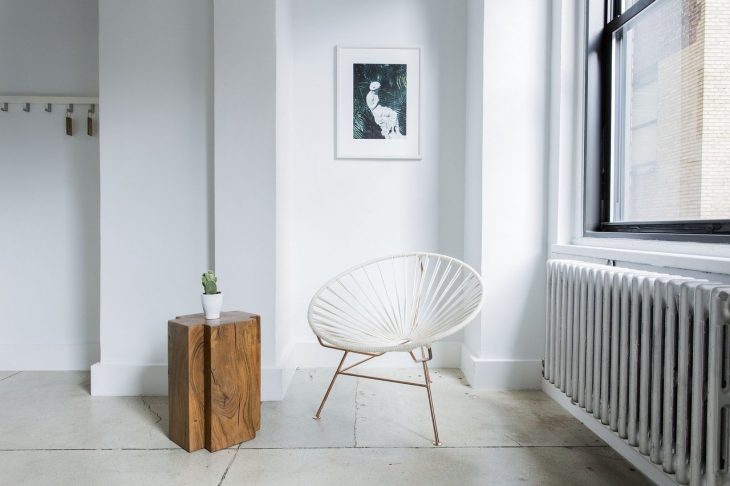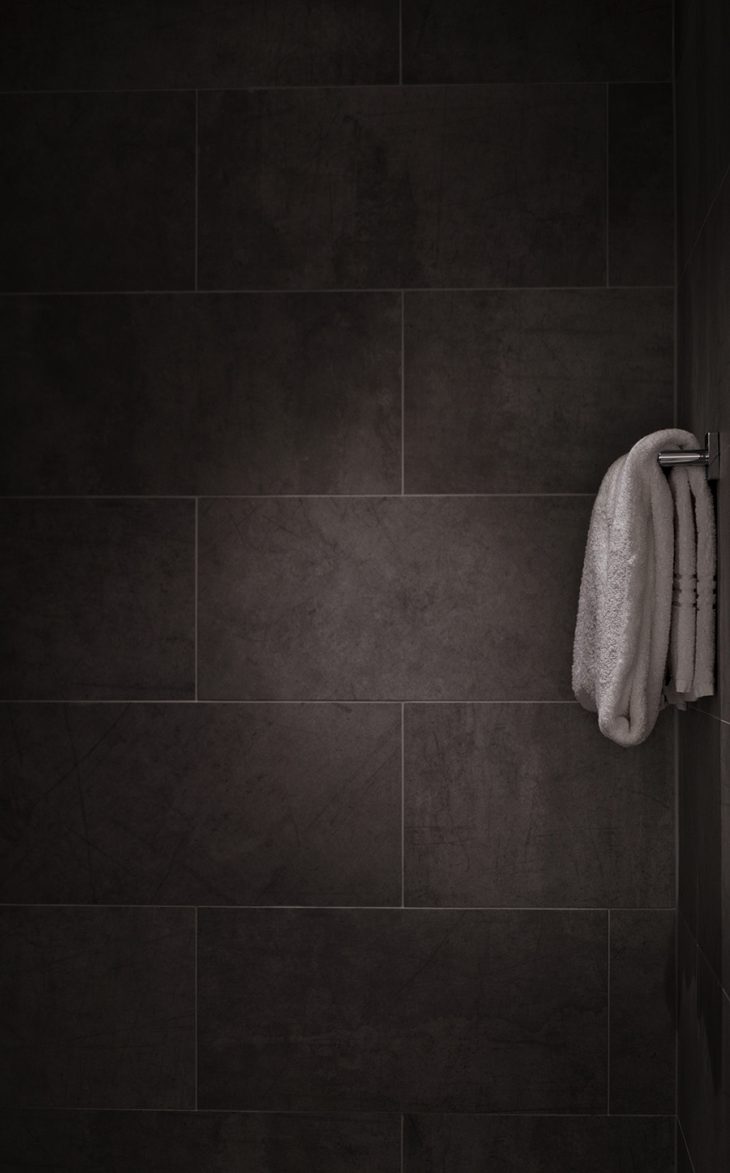
If you’re renovating your house and you find you need wall or floor tiles you can be forgiven for being a bit stumped on what to choose. There are thousands of designs, different types, and what works best in what environment are just three of the questions that must be racing through your mind. This post is here to help you choose the right tiles for your project so let’s begin.
Best Tile for Your Budget
Prices for wall and floor tiles can vary, and as with most things in life it is advised to get the best you can afford. Use a reputable provider such as Porcelanosa tiles to get the best finish. Unlike other building materials, tiles do not fade in UV light. The better quality tiles can last generations. This is why floor tiles have been found to last thousands of years.
So buy the best you can afford, and you’ll have tiles that will outlast you.
Difference Between Wall and Floor Tiles
In essence, the difference between floor and wall tiles is its resistance to water. In this case, floor tiles are more resistant to water than wall tiles.
If you use an experienced tiler, they can advise on the suitability of your walls or floor tiles.
Difference Porcelain and Ceramic Tiles
The key difference between porcelain tiles and ceramic tiles is the water absorption. Ceramic tiles absorve more water (0,5%-3%) than porcelain tiles (0,5%). In the case of Porcelanosa, the water absorption of porcelain is less than 0.1%. They are fired at a higher temperature than their ceramic cousins, making them stronger and more damage resistant. This makes them suitable for outdoor use as well as indoor use, especially as they absorb less water. Furthermore, it is also recommended to use an antislip tile for outdoors.
Ceramic tiles on the other are not fired at higher temperatures like porcelain tiles, and as such, they do not have their strength. Nonetheless, they are perfectly suitable for indoor use and are easier to cut than their porcelain cousins.
Understanding Non-Slip Tiles
Porcelanosa get the “R” from a test using the standard DIN 51130. With this method, a person walks backwards and forwards on an impregnated ramp-type floor used as a test bench. The angle of the ramp is gradually increased until the person slips. The average angle at which the person slips is used to calculate the R.
It should be understood that no tile can said to be slip-proof. When an architect designs a building, he or she will state the minimum recommended R number to be used in certain areas. There is no building regulation that governs tile slip ratings, and a polished tile is going to be more slippery than a natural finished tile.
These factors are important to remember when choosing tiles for a particular part of your home.

Natural Stone Tiles
Natural stone tiles can look amazing, and you may want to consider using them for your project. There are a few things to remember when installing stone tiles.
- They are porous, i.e. they absorb water and should be finished using some kind of sealant.
- They are heavy, so may not be suitable for walls. If you do want to use stone tiles on walls, assess their load-bearing strength first. Again, your tiler should be able to advise.
- Use white adhesive to resist staining of the tiles.
- Stone is harder to cut and has to be done using power tools. Ensure you cut the tiles outside, taking proper precautions.
Depending on available time you may want to use porcelain or floor tiles instead.
Tile Size
The trend of late is to use larger tiles. In the right environment, this can give an amazing look and feel to your room. There are some aspects to consider, however, when deciding to use large or smaller tiles.
- Larger tiles works well in both small and big spaces. They can overwhelm smaller rooms and areas such as shower cubicles.
- Fewer grout lines make for a more streamlined look. This is achieved by using large tiles.
- Larger tiles need more adhesive. The adhesive is not just used to stick the tile to the floor or wall; they are also used to create a level finish.
In essence, the large or small tile question is a personal choice but consider the above aspects when choosing.
Think Outside the Box
Given how amazing floor tiles can look and their practical application, consider using them in other parts of the home. Unlike carpet, they do not trap dust and provide a cleaner and healthier environment to live in.
They are more hardwearing too.
With this guide, you should have a better idea of how best to use tiles in your home and which ones are more suited to your project.



